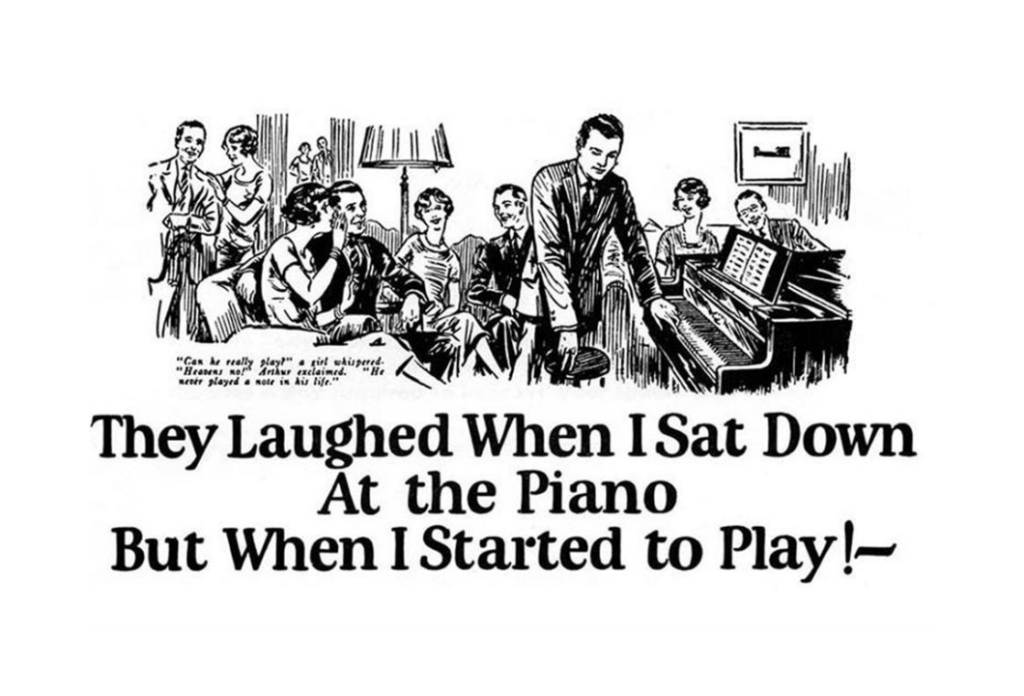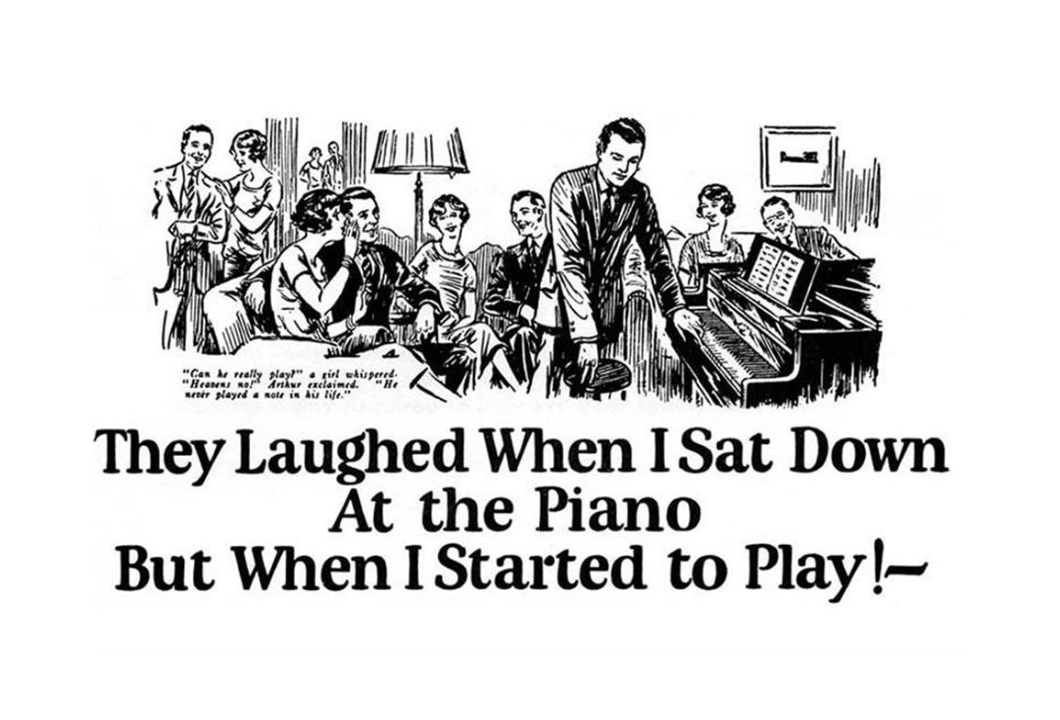
To get potential buyers to read your case study, you need them to answer yes to this one question:
“Will this case study reduce the uncertainty I (or my boss) have about this purchase?”
You reduce uncertainty by showing 1) your solution can solve the reader’s problem and 2) that the reward is worth the risk.
So to get the yes, you need to:
- Frame the problem
- Highlight the outcome
- Preview the process
1. Framing the Problem
No one reads a case study that’s not relevant to their specific challenge. To prove relevancy, explain:
- The specific problem your customer faced
- What was causing the problem
- What happened as a result of the problem
Here’s an example that frames the problem effectively:
P.S. You can write an effective introduction without fully framing the problem.
For instance, you could focus on the results of the problem (a.k.a the symptoms) and later dive into its specifics and cause.
As this example does:
The Acme data team used to spend their time searching for data in spreadsheets and arguing about which campaigns to run. [result of the problem]
Then they implemented a data pipeline and reduced research time by 50% and improved campaign results by 44%.
Now, they spend their time at award ceremonies getting recognized for their ad work.
Here’s their story:
2. Highlighting the Outcome
Framing the problem shows your case study will be relevant. Highlighting the outcome shows it’ll be compelling.
The ideal outcome to highlight is:
→ Objective
→ Tied to the business’s bottom line
→ A direct result of the problem detailed in the case study
Let’s go back to the example from earlier to see how it highlights the outcome:
My only nitpick with this outcome is that it doesn’t perfectly align with the quantifiable result of the problem.
3. Preview the Process
Since you’ve framed the problem and highlighted the outcome, you’ve opened a loop.
The reader wants to know how you got from problem to outcome. They want to see the process.
The point of previewing the process is to make a promise to the reader that you will close the loop, so they will keep reading.
This can be one sentence at the end of the introduction, like:
We did a few simple things to hike up engagement rates 3–4x…
But in your problem framing, you may have already implied a preview of the process. Or it’s self-evident.
In these cases, you can skip previewing the process because it’s clear the loop will be closed.
Show Understanding, Make a Promise, Open a Loop
A good introduction shows your readers you “get it” so you can make a credible promise that piques their interest in the process.
Your reader sees a problem they understand and an outcome they believe and want. The next logical question is:
How did you get to that outcome from that problem?
The answer is the rest of your case study.
P.S. If you’re a one-person marketing team and want a case study writer to transform your customers’ successes into written case studies, short-form video clips, and social media posts so you can supply your sales team with content they can’t wait to use, send me an email.



